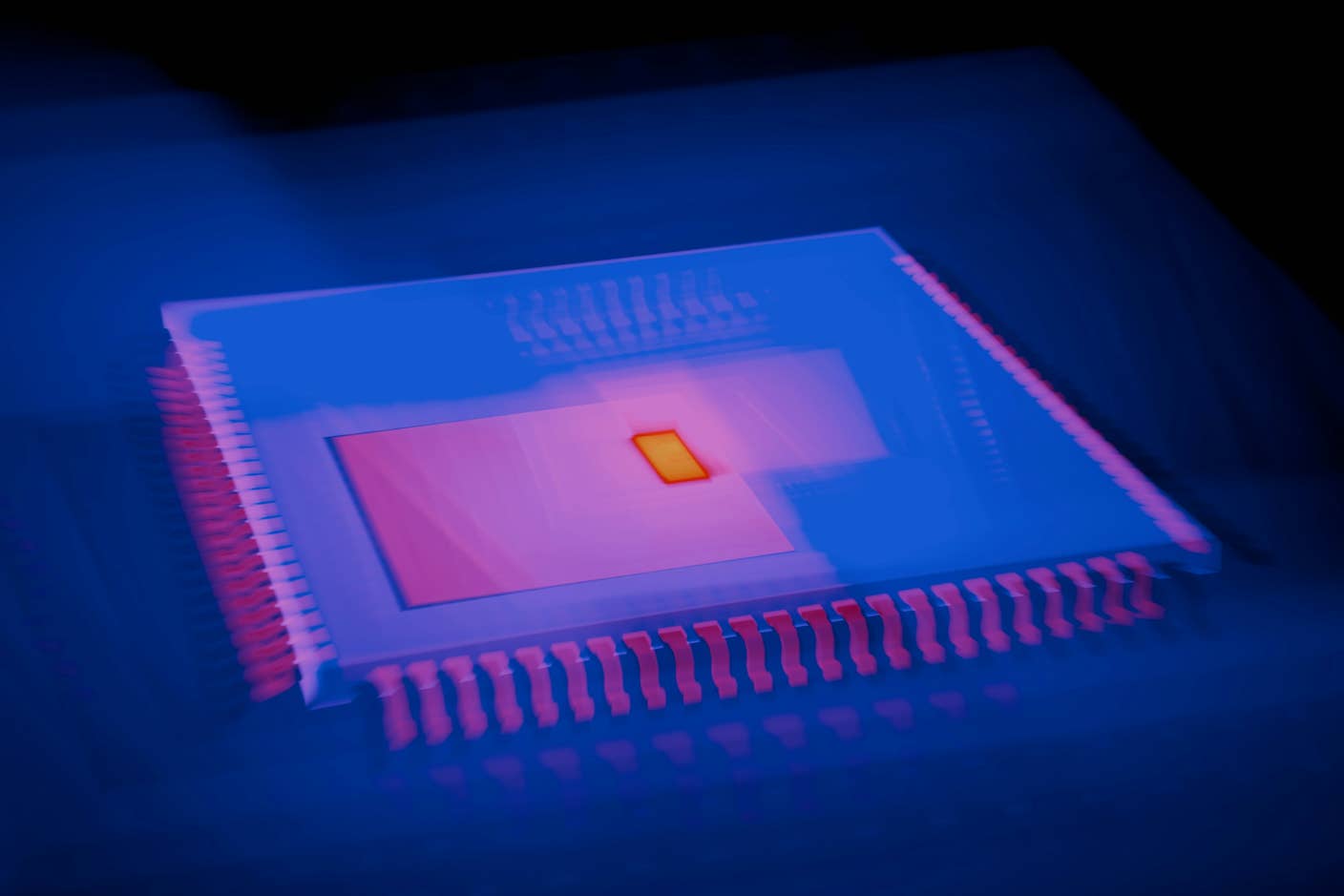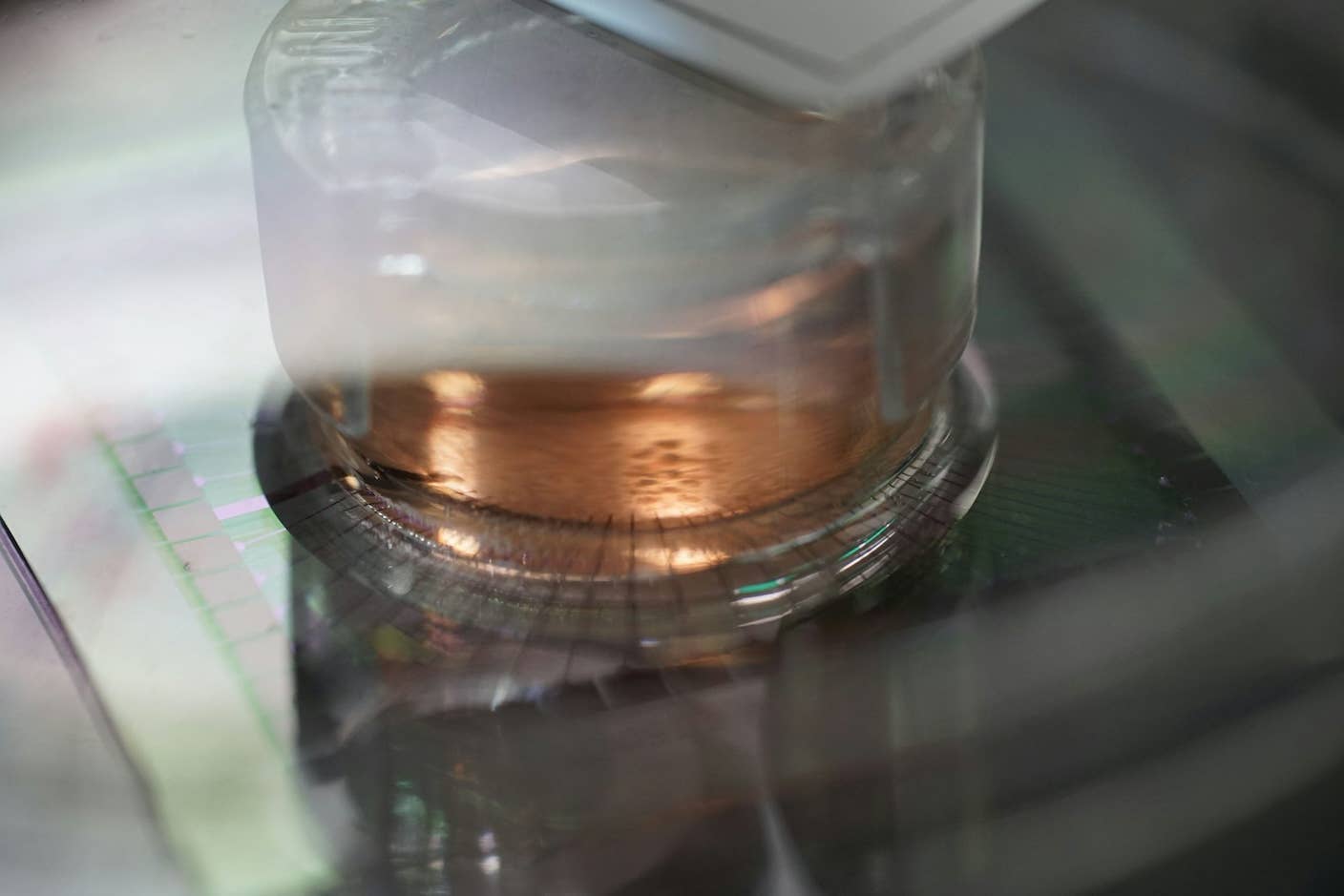Researchers Say Quantum Computers Could Scale Fast With Modular Design

Share
Quantum computers could solve some of the world's most challenging problems, but only if we can make them big enough. A new modular design for quantum chips could make building large-scale quantum computers far more feasible.
While there has been significant progress in building ever larger quantum processors, the technology is still light years from the kind of scale seen in conventional computer chips.
The inherent fragility of most qubit technologies combined with the complex control systems required to manipulate them mean that leading quantum computers based on superconducting qubits have only just crossed the 1,000-qubit mark.
A new platform designed by engineers at MIT and the MITRE Corporation could present a more scalable solution though. In a recent paper in Nature, they incorporated more than 4,000 qubits made from tiny defects in diamonds onto an integrated circuit, which was used to control them. In the future, several of these so-called “quantum systems-on-a-chip” could be connected using optical networking to create large-scale quantum computers, the researchers say.
“We will need a large number of qubits, and great control over them, to really leverage the power of a quantum system and make it useful,” lead author Linsen Li from MIT said in a press release. “We are proposing a brand-new architecture and a fabrication technology that can support the scalability requirements of a hardware system for a quantum computer.”
Defects in diamonds known as color centers are promising qubit candidates because they hold their quantum states for much longer than competing technologies and can be entangled with distant qubits using light signals. What’s more, they’re solid-state systems compatible with conventional electronics manufacturing.
One of the main downsides is diamond color centers are not uniform. Information is stored in a quantum property known as “spin,” but scientists use optical signals to manipulate or read the qubits. The frequency of light each color center uses can vary significantly. In one sense, this is beneficial because they can be individually addressed, but it also makes controlling large numbers of them challenging.
The researchers got around this by integrating their qubits on top of a chip that can apply voltages to them. They can then use these voltages to tune the qubits’ frequencies. This makes it possible to tune all 4,000 to the same frequency and allows every qubit to be connected to every other one.
“The conventional assumption in the field is that the inhomogeneity of the diamond color center is a drawback,” MIT’s Dirk Englund said in the press release. “However, we turn this challenge into an advantage by embracing the diversity of the artificial atoms: Each atom has its own spectral frequency. This allows us to communicate with individual atoms by voltage tuning them into resonance with a laser, much like tuning the dial on a tiny radio.”
Be Part of the Future
Sign up to receive top stories about groundbreaking technologies and visionary thinkers from SingularityHub.


Key to their breakthrough was a novel fabrication technique allowing the team to create 64 “quantum microchiplets”—small slivers of diamond featuring multiple color centers—which they then slotted into sockets on the integrated circuits.
They say the approach could be applied to other solid-state quantum technologies and predict they’ll ultimately achieve qubit densities comparable to the transistor densities found in conventional electronics.
However, the team has yet to actually use the device to do any computing. They show they can efficiently prepare and measure spin states, but there’s still some way to go before they can run quantum algorithms on the device.
They’re not the only ones assembling large numbers of qubits that can’t do very much yet. Earlier this year researchers from Caltech reported they had made an array of 6,100 “neutral-atom” qubits.
Nonetheless, this highly scalable modular architecture holds considerable promise for getting us closer to the millions of qubits needed to achieve the technology’s true promise.
Image Credit: Sampson Wilcox and Linsen Li, RLE
Related Articles

This Light-Powered AI Chip Is 100x Faster Than a Top Nvidia GPU

How Scientists Are Growing Computers From Human Brain Cells—and Why They Want to Keep Doing It

These Brain Implants Are Smaller Than Cells and Can Be Injected Into Veins
What we’re reading
